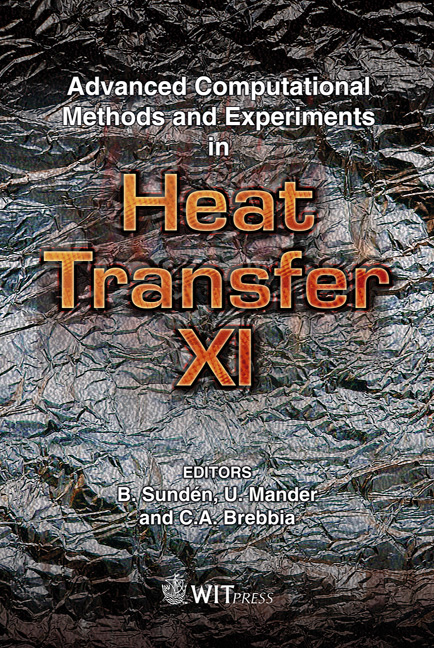Peltier Modules In Cooling Systems For Electronic Components
Price
Free (open access)
Transaction
Volume
68
Pages
10
Page Range
3 - 12
Published
2010
Size
3,422 kb
Paper DOI
10.2495/HT100011
Copyright
WIT Press
Author(s)
K. Domke & P. Skrzypczak
Abstract
Currently used electronic components (LED, processors, CCD matrices) are distinct for their increasingly dense packing of active elements and, consequently, higher heat loss power per a single element. The arising thermal barrier restricts the functionality and further development of components in their present-day form. Cooling systems (natural or forced types, including water cooling systems) sometimes fail to come up to the required standard. The paper discusses a concept whereby the operation of standard cooling systems is supported by incorporation of Peltier elements. A heat flow analysis is presented for systems containing: an electronic element – Peltier element – radiator, complete with a study of cooling efficiency and elements facilitating the process of design of such combined systems. Also, experimental data from tests examining the process of cooling in sample systems will be provided. Keywords: Peltier module, LED cooling system, heat transfer. 1 Introduction Early cooling systems for electronic elements incorporated a radiator as the basic element ensuring proper heat dissipation from the system. The radiator’s parameters (material type, size of heat radiating surfaces and their mutual spatial arrangement) determined thermal resistance of the system and, therefore, the efficiency of cooling. An increased number of elements per area unit, together with a higher clock rate, increased thermal power which had to be directed away from a single system. Forced air circulation (forced convection) makes it possible to considerably reduce thermal resistance of the cooling system, however does not allow for reducing Rthrad-amb below zero. As a result, the
Keywords
Peltier module, LED cooling system, heat transfer





